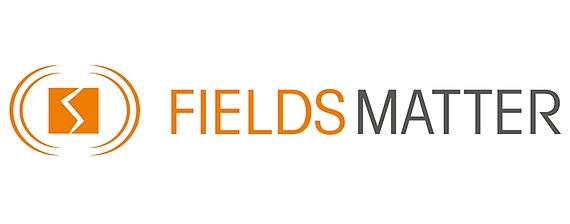Processing of magnetic materials enhanced by electric fields or currents
Topic
This continuation project for period two of this SPP aims to extend our results and experiences from period one to a conclusive picture of electric current processing of binary hard magnetic alloys. Our key question is: what is the essential link from the observed atomic diffusion and phase transition phenomena to the atomic level migration processes under the influence of an electric field or current? To answer this question, the influence of microstructure and alloy composition on diffusion and transformation will be explored by experiments and simulations, linking migration of atoms and chemical ordering of phases. We will focus on these issues to further develop the understanding of electromigration and phase ordering. For this continuation, we will orient experimental and theoretical work to a common size scale using different binary material systems. This will be done from both sides: by using advanced processing and characterization techniques and by employing a deterministic, macroscale diffusion model based on atomistic point-defect formation and migration data. Through this combination, we are confident to connect the current annealing experiments on the chosen rare-earth-free material systems to atomic scale ordering mechanisms. By a systematic study of the alloys, we will describe influences of compound and element properties on the current induced formation of the hard magnetic phases. This work plan relies on the synergy of ideas and results of the joint efforts of the two groups. On the experimental side of the project, we will expand and refine the processes and setups developed the first period to four binary magnetic material systems. With this approach, we intend to identify the driving forces and obtain quantitative data on the electric current assisted processing of these magnetic materials. Moreover, intensified investigations of the effects caused by microstructural features (defect structures, misfits or misorientations) in the observed current driven atomic diffusion and phase formation are intended. The theoretical tasks will be guided by the experimental activities on the chosen model systems. Quantitative data from phase transition and diffusion pair experiments will be compared with features of diffusion models constructed from atomistic simulation results. An important feature of the models will be the discrimination of diffusion (by temperature) and drift (by electric field or current), addressing the problem of separating Joule heating from electromigration. Theoretical results on crystal and interface orientations relative to the electric field or current will complement experimental results on interfaces, layered precursors and grain-orientation resolved current annealing.
Contact person(s)
Prof. Dr. Christian Elsässer | Prof. Dr. Oliver Gutfleisch |
|---|---|
Albert-Ludwigs-University Freiburg Freiburg Matreials Research Center (FMF) | Technical University Darmstadt Institute for Material Science- FG Functional Materials |
Stefan-Meier-Str. 21 79104 Freiburg | Petersenstr. 23 64287 Darmstadt |
Tel: (+49) 761 5142 286 | Tel: (+49) 6151 16 22150 |
Fax: (+49) 6151 16 22145 | |
Proj.-Nr. EL 155/28-2 | Proj.-Nr. GU 514/8-2 |

